Whether you live in the country or the city, weeds are always a problem that you would face in your garden and lawns. Some of these weeds or bushes may bloom really beautiful flowers that are attractively colorful. However, there are a few of these plants which can be really harmful. It is important to know what these poisonous plants are and what harm they can cause so that you don’t fall for their deceptive beauty.
You may not find a lot of these poisonous plants in the city yards because some of them grow only in forests and rural areas. Some of these plants are not fully harmful and may have poison only in particular parts like the leaves or the fruits. Also, not all of them can harm you by just touching them; some can cause trouble only by ingestion.
Now you may be wondering why you would go around in the yards and try tasting unknown fruits and leaves. These plants can kill your pets which aren’t as informed as you are. There are chances of kids getting in contact with them as they try to explore new things playfully. This is why it is important for you to uproot them from your yard as soon as you notice them.
Here is a list of 13 harmful backyard plants which you to have avoid, with their appearance and harmful parts explained, and the symptoms caused due to their contact or ingestion.
Azaleas
Appearance
These are plants that usually grow in shady areas or under trees and prefer cool climate. They bear flowers that last for weeks. They are abundant in Asia, Europe and North America.
The height and type of the plants differ according to the area they grow in. For example, some Native American azaleas are white with yellow splotches or completely yellow with plants that grow up to 8 feet; whereas azaleas that grow in higher altitudes and are native to the east coast of North America grows up to 20 feet and have white flowers that are fragrant.
Harmful Part
The leaves, flowers and nectar of the plant are highly toxic. Sometimes, kids suckle on the flower for the nectar or inexperienced honey collectors make honey from the azalea flowers which can be dangerous. This honey is called “mad honey”.
Symptoms
Ingestion of harmful parts of the plant or the “mad honey” will reduce your blood pressure and heart rate significantly leading to stomach pain, and vomiting. In pets, it leads to diarrhea, abdominal pain, abnormal heart rate, excessing drooling, depression, and coma.
Bleeding Heart
Appearance
It is a vine plant with mounded foliage and has heart shaped attractive flowers during the spring. They grow in cool areas with medium sunlight. It grows in woodland gardens that are moist along with ferns and other plants that grow in the shade.
Harmful Part
The leaves and roots of this plant are the most toxic parts. However, large amounts of this plant need to be eaten for poisoning to occur.
Symptoms
Weakness, staggering, tremors, depression, seizures, respiratory issues, vomiting, and diarrhea can occur if harmful parts of this plant are ingested. Some people also experience skin irritations if came in contact with these plants.
Bittersweet Nightshade
Appearance
These are vine plants that come in the potato family and can be seen in woodlands, scrublands, hedges and marshlands. They are native to Asia and Europe but are also found in North America.
These plants are semi-woody and climb on other plants for support. They have leaves that are arrow-head at the front and lobed at the base. They have star-shaped purple flowers with yellow stamen and red color berry fruits.
Harmful Part
The leaves and berries of these plants are harmful for human beings and livestock. However, some birds are resistant to this poison; they feed on the berries and help in seed dispersion.
Symptoms
The symptoms of poisoning by this plant in humans include scratchy throat, headache, dizziness, enlarged eye pupils, low temperature, vomiting, diarrhea, convulsions, and bleeding in the stomach or intestine.
In pets, the symptoms are excessive drooling, drowsiness, stomach ache, loss of appetite, confusion, vomiting, and inflammation in the stomach.
Castor Bean
Appearance
Castor bean plants grow in hot and tropical areas that are frost-free and can live up to a stage where they are woody and tree-like. They have large leaves that can be over 20 inches and are palmately lobed. There are various varieties of foliage with different colorations ranging from dark purple, dark red-metallic, maroon, light green, bronze green. The fruits are spiny red or green.
Harmful Part
Castor beans or the seeds of the plant are the most poisonous part of the plant. They can be fatal if ingested because they contain a harmful protein known as ricin. Studies show that ricin is 6000 times more poisonous than cyanide. Ricin is found in the cake after oil is extracted from castor seeds.
Symptoms
If only less amount of castor beans are ingested, the symptoms that are shown by a human being includes vomiting, diarrhea, severe abdominal pain, and convulsions but it’s best to reach out for emergency help because castor bean poisoning can lead to death. Livestock, poultry and even horses may die if they ingest castor beans.
Inhalation of ricin can cause breathing problems and inflammation in the lungs.
Foxglove
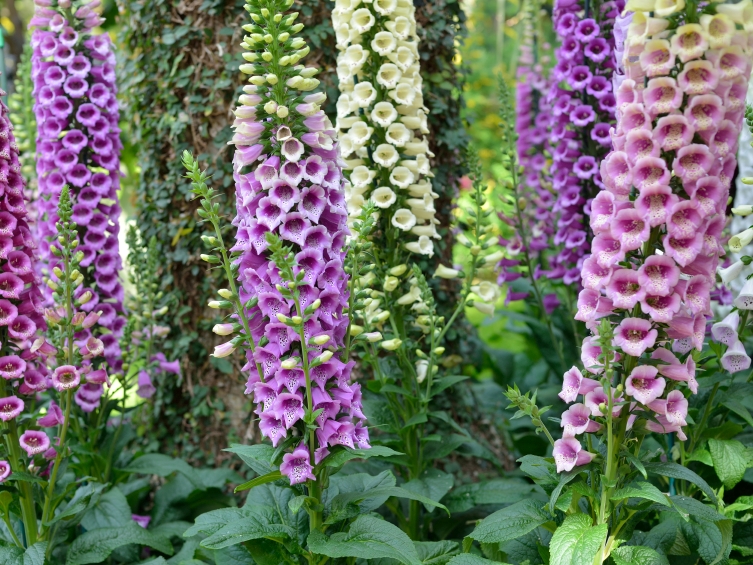
Colorful foxglove
Appearance
These are usually found in the wild but are grown in private gardens because of the beauty of their flowers. The flowers are bell shaped and grow as a bunch on the plant. These flowers are usually in shades of purple, but are also seen in white. It bears dry fruits containing many seeds.
Harmful Part
All the parts of the plant including the leaves, flowers and seeds are extremely dangerous.
Symptoms
A person who ingests any part of foxglove will feel weak, dizzy and can’t sleep because the heart beat rate reduces considerably and can cause death.
Lilly-of-the-Valley
Appearance
These plants have green leaves and white bell-shaped flowers which grow on a stalk in the middle of the plant. Every plant has two leaves and five to fifteen flowers. These plants are native to Asia and Europe but are also seen in the United States. They grow in shady areas and are grown for covering areas with their beauty and fragrance.
Harmful Part
All the parts of the plants are extremely poisonous including the stems, leaves, flowers and red berries which can attract pets and kids. The toxin is the plants defense against animals eating its seeds.
Symptoms
If the harmful parts of the plant are ingested it may cause abdominal pain, vomiting, blurred vision, drowsiness, reduced heart rate, and skin rashes.
Monkshood
Appearance
These plants have a long stem of 1-2 meters and grow dark green leaves that are glossy which are palmate in outline and have deeply divided lobes. They have mostly white or blue flowers that bloom in a bunch on the plant and have a helmet-shaped top part which gives the plant its popular name- monkshood.
Harmful Part
The root is the most poisonous part of this plant which first stimulates and then paralyzes the nerves that control senses like pain, touch and temperature. Even broken skin can absorb the poison of this plant and can be fatal. The leaves, saps, and flowers are also harmful.
Symptoms
Skin irritation and blisters if the plant comes in contact with a person. Ingestion can cause burning sensation in the mouth and digestive tract which is followed by nausea and convulsions. In extreme situations breathing troubles, paralysis and convulsions can happen followed by death.
If the flowers are eaten by dogs, it can lead to abdominal pain, pawing at mouth, numbness, paralysis, and shallow breathing.
Oleander
Appearance
These can be shrubs or trees with pink, red or white blooms and stems that grow outwards. They can grow up to 20 feet and are evergreen.
Harmful Part
The flowers, leaves, and stem of the plant are poisonous.
Symptoms
Blurred vision, low heart beat rate, weakness, low blood pressure, confusion, depression, diarrhea, nausea, stomach pain, vomiting, lethargy, dizziness, drowsiness, fainting, and disorientation are some of the symptoms shown if a person ingests any of the harmful parts of the plant.
Get emergency help in cases of poisoning and do not make the person throw up unless told by a doctor.
Poison Ivy
Can you name one plant that causes allergic reactions to over 85% of the worlds population when coming into contact with it? Poison Ivy, Poison Oak, & Poison Sumac are poisonous plants that dwell in most parts of the United States and can camouflage itself in your garden. Without knowing its whereabouts or its defining characteristics, this can certainly ruin a weekend if infected–over 50 million Americas fall victim to these plants each year.
Redness, itching, and blistering are all side effects of the allergic reaction that can be caused by coming into contact with these plants and not taking the proper actions to rid oneself of the infection.
Next time you are curious about a mysterious green on your property or an awkward looking plant on your stroll through the woods, keep these helpful hints in this infographic in mind before grabbing what could be an itchy mistake.
Appearance
The leaves of these plants can be shiny or dull and can have toothed wavy or un-toothed margins depending upon the variety. The leaves may vary greatly in terms of having hairy appearance or not as well. However, all varieties have compound leaves with three leaflets.
They are found abundantly near road sides and other paths because their seeds are eaten by a huge number of birds and deer who do not digest them but pass them out through their system and are not allergic to them.
Harmful Part
The oil on the surface of the plant can cause blisters and skin rashes on humans. If you inhale the smoke while burning poison ivy, you may experience breathing problems. The sap oil can be transferred through clothes and furs of pets and other animals.
Symptoms
Redness, itching, swelling, blisters, rashes if came in contact with the skin and difficulty in breathing if smoke is inhaled.
Poison Oak
Appearance
They grow as small shrubs in open areas and also as vines in forest areas. They are similar to poison ivy and poison sumac in their appearance. They have trifoliate leaf structure with wavy edges. This means that the leaves grow in threes from particular points on the stem.
The top side of the leaves have glossy appearance and are bright green whereas the bottom side of the leaves have a velvety appearance and are dull green in color. The stems are greyish and also contain tiny hairy structures which can prick you. The plant bears yellowish green flowers and light green berries in the spring.
Harmful Part
The leaves, roots and the stem of the plant contain urushiol that triggers allergic reaction on the skin. Even a dead and dried poison oak will contain urushiol that can harm you.
Symptoms
Skin irritation, itching, redness, blisters, rashes and oozing of fluids from them are the symptoms if poison oak came in contact with your skin.
Poison Sumac
Appearance
These are deciduous plants in the form of woody shrubs or small trees. They grow in swap areas that are shady and pine wood forests or in thick woods. There are 7 to 13 leaflets in each leaf stem which are smooth on the sides and pointy in the front. The stems are reddish in color with berries that are tightly bunched which hang down.
Harmful Part
Poison sumac is more poisonous that poison ivy and poison oak which are its relatives. The roots, leaves and stems of this plant contain urushiol, which is a harmful oil that causes skin allergies.
Symptoms
Redness, itchiness, rashes, and blisters that ooze fluids are symptoms if your skin comes in contact with this plant.
Stinging Nettles
Appearance
These plants have sharp stinging hairy structures all over its body which becomes its distinguishing feature. They have tiny white flowers and are edible.
Harmful Part
Even through stinging nettles have been eaten by people since generations, fed to livestock and are used to make fishing nets, the hairy like structures that appears on its body causes severe skin irritation. The bottom follicles of these hairy strands contain formic acid that causes the irritation when the skin is stung by them.
Symptoms
Itching, redness, blisters, and rashes are some symptoms of having stinging nettles in contact with your skin.
Wild Parsnip
Appearance
These plants have edible roots and come under the carrot family. They grow a spindly rosette of leaves in the first year during which the roots develop and die off in the second year after blooming flowers on a tall stalk.
They grow abundantly in disturbed areas like waste lands, meadows, open fields, road sides, and abandoned yards.
Harmful Part
Stem, leaves, and flowers of wild parsnip are harmful for human beings as well as cattle.
Symptoms
The stem, leaves, and flowers of this plant contain chemicals which in case of contact with human skin can cause severe dermatitis. Dermatitis is a condition where the sensitivity of the skin towards sunlight is very high. The fertility and weight gain of cattle is affected negatively if they eat wild parsnip.
There are so many other plants in our backyards that are harmful and they invade our lives because we are not aware of them. This is why it is important to know about harmful plants that grow around you and can harm your kids and pets as well.
Not all plants are fatal and can be treated with creams or other home remedies. However, the cases in which extremely poisonous plants are ingested, the person has to be rushed to a doctor rather than trying home remedies or giving judgments of your own. Always keep the number of places where you call and ask for help or take the patient to in case of plant poisoning.

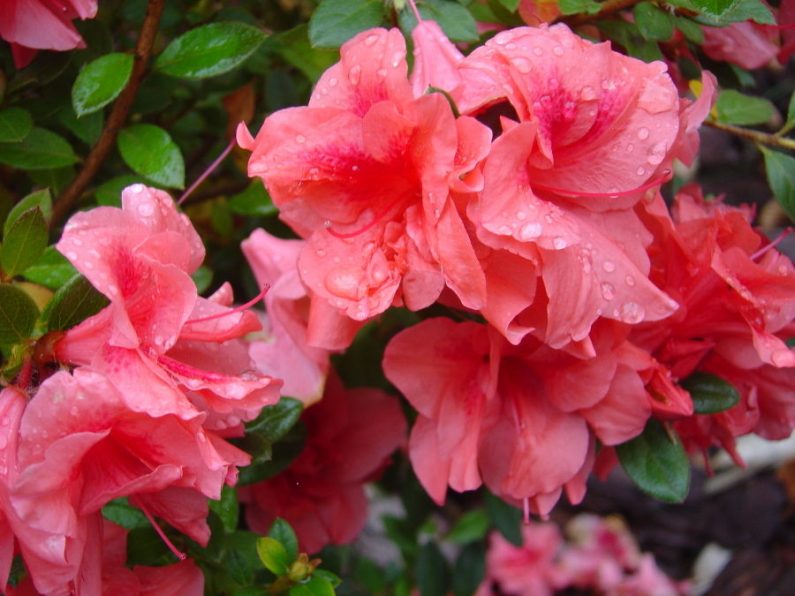

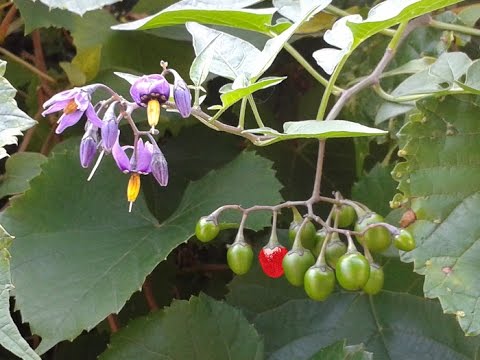

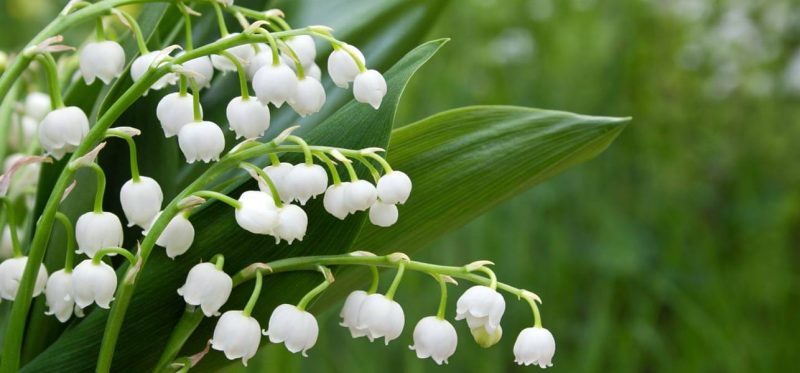
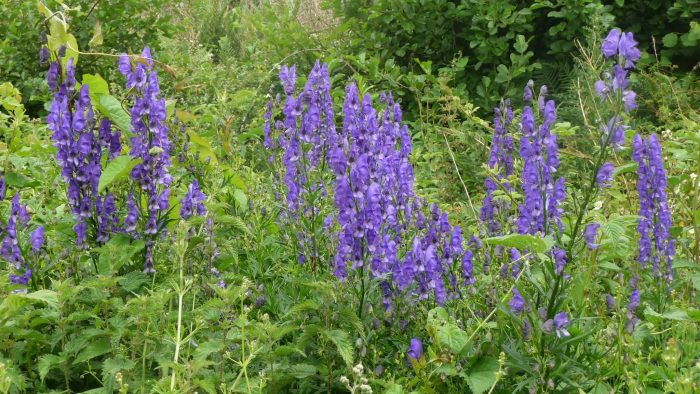
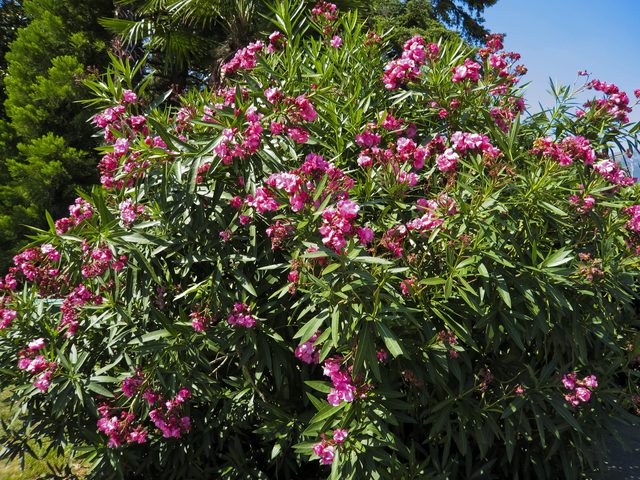
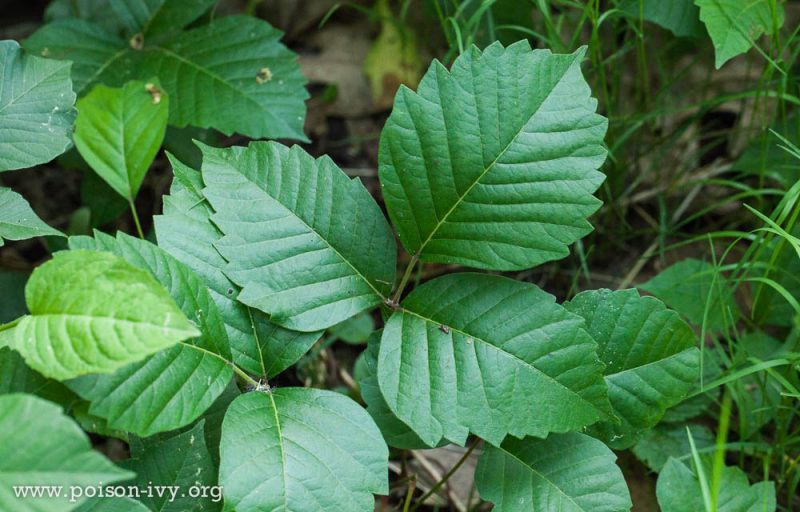
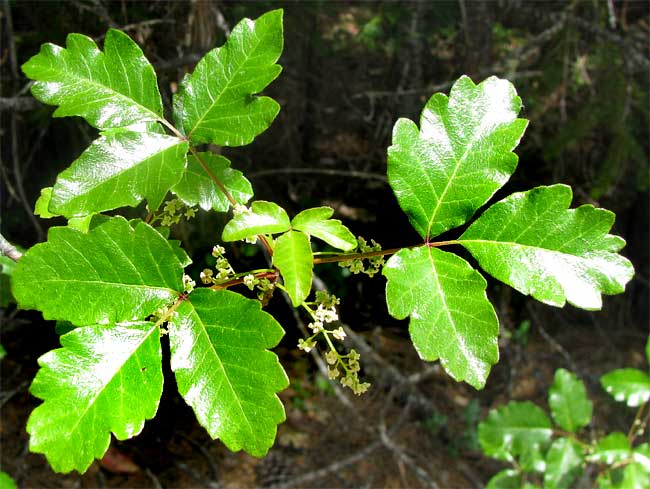
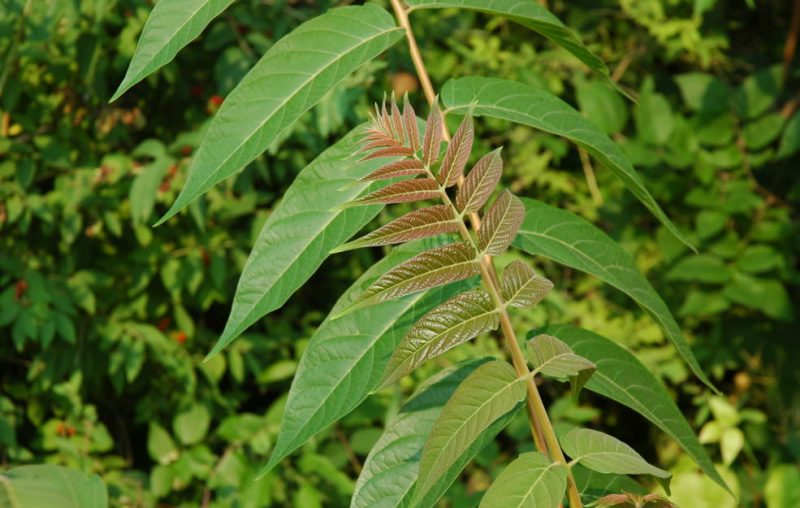
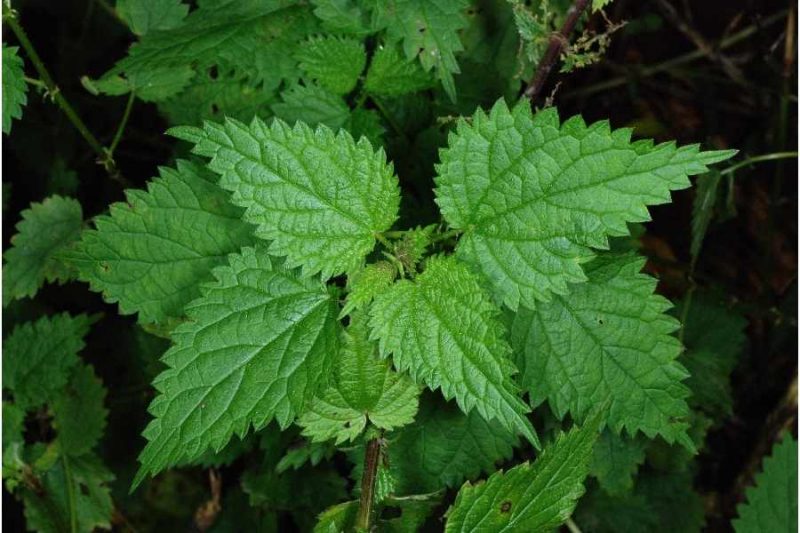



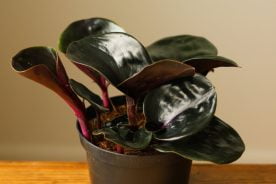

No Comments